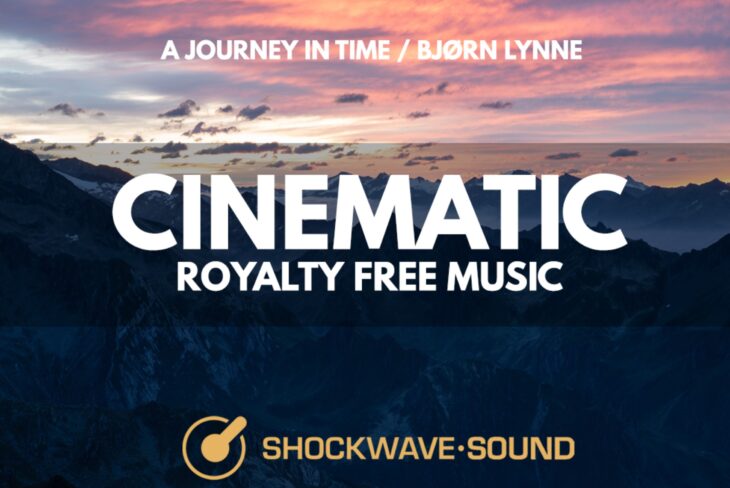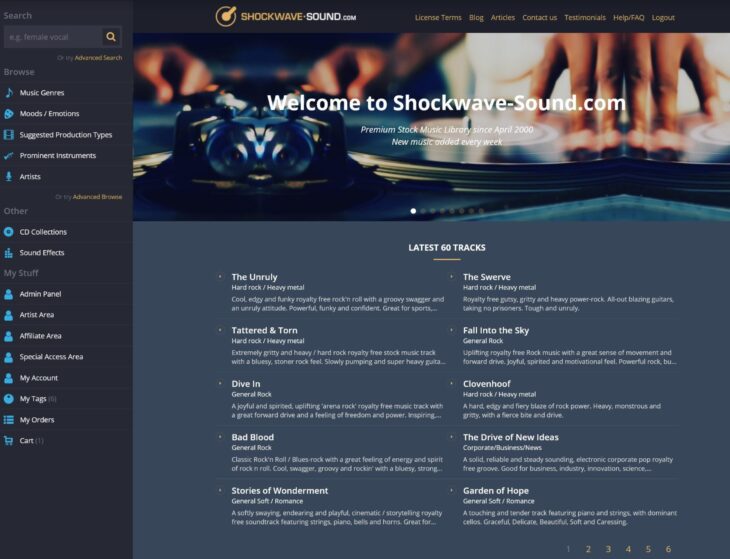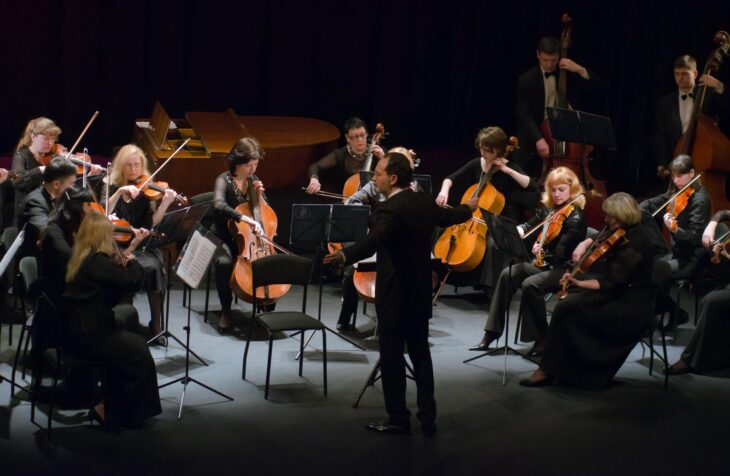If you’re a creator of video clips for social media channels, sooner rather than later you’re going to need to add some music to your video, to spice it up and make it come alive.
But how do you get started with choosing, accessing and integrating music tracks into your project, and where do you find music that you can use legally without getting into problems with copyright?

Contents
What is «No copyright music»?
All music recordings are copyrighted. Even when you encounter so-called «no copyright music» or «copyright free music», actually this is a nonsensical term because all music is always copyrighted. If the creator has not sold the copyright to a third party, the creator automatically owns the copyright. He may even say he doesn’t want it, but he still owns it!
In some countries, the copyright in a music composition is «freed» and goes into Public Domain 70 years after the death of the composer. But that still doesn’t free the copyright in the sound recording which still exists even after that.
Usually, when you encounter this term «copyright free music», what is really meant is that the owner of the copyright is allowing you to use their music, usually within certain boundaries or in exchange for something, like credits or a link etc. Or, in the case of royalty-free music, in exchange for a payment. So a better term for «copyright free music» would be something like «music that the copyright owner allows you to use».
How is this different from «Royalty free music»?
It isn’t really any different, but usually what is implied is that with Royalty-free music, you have to pay a one-time fee to be allowed to use the music.
Royalty-free music doesn’t mean that the music can be used for free, without concern for the creator or the owner. It just means that instead of paying royalties in arrears, based on number of sales or number of streams, downloads etc., you pay a one-time fee and that’s the end of your commitment to the owner.
Using royalty free music from a library or music bank such as Shockwave-Sound.com is a popular and convenient way to get music for your video, in exchange for a reasonable one-time payment, you don’t have to keep track of how much and how widely the music is used, or for how long.

What’s the difference between Royalty Free Music and Stock Music
Now we’re getting into the finer details here, and it doesn’t get any better by the fact that these different terms are constantly being mixed up with each other and misused. Having worked with royalty-free music and stock music for 21 years, my best understanding is that Royalty-Free music is music that is not registered with any Performing Rights Organization (PRO), whereas Stock Music is music that is registered with, and represented by, such Performing Rights Organization. These organizations exist in most countries, they all work together, and they ensure that the composer and publisher of the music compositions receive royalties if their music is broadcast on TV, radio, internet or performed live on stage, or played in a public venue such as a shopping mall or trade show etc.
Where to find good quality music with a minimum of cost and hassle
So you’re looking for a suitable music track for your video, in my experience, your four main concerns are going to be:
- Quality: Considering the creative and artistic quality of the composition and the recording.
- Price: How much it will cost you.
- Accessibility: How easily can you get hold of the music and implement it into your project.
- Legal situation and safety: To which degree are you going to be safe from any legal issues when using the music.
Which one out of these 4 main concerns is the most important to you will vary from person to person, but overall I would strongly recommend using a royalty-free music site with good customer service, with a curated music collection rather than an «anybody can upload» approach (more about this in the next chapter), and with a solid setup for clearing the copyright for you, so that you can use the music without copyright issues.
Curated collection vs mass uploading by users
There are many sites and services out there for royalty-free music, all of which belong to one of two main content types:
- Sites where anybody can just create an account and start uploading their own music and offering it for licensing and download by customers. I would refer to these as «mass self uploading sites» and on these sites, basically anybody who has an idea that they are a bit of a musician can create an account and just upload their music – and this music will go directly out for sale to customers. As you can imagine, these sites have a huge amount of music available, but if you’re looking for one track for your project, do you need 6 million options to choose from – none of which have been considered or «judged» in any way by a curator?
- Sites with a curated collection – this means that somebody is in charge of what is being put out on the site, and usually the music is created by a much smaller number of more accomplished and, for lack of a better word, better musicians. In this category we are usually dealing with people who create music for a living and who send batches of music tracks, where every track is closely listened to, considered, perhaps discussed back and forth between the curating team and the musician, before the track is approved and made available for sale/licensing.

Is the music recorded with real musicians playing real instruments, or created entirely with samples in somebody’s bedroom?
YouTube and copyright notices
Point 4 on my list of considerations above mention the legal situation and your peace of mind knowing that you won’t have problems with copyright claims at YouTube or other issues.
A few years ago the dreaded YouTube copyright claim was a source of much confusion and, at times, even panic – but over the years, people have generally learned to live with the copyright claims and learned that they are a bit of extra administration, but they are not that dramatic or alarming.
A YouTube Copyright Claim is not the same as a Copyright infringement notice, or a copyright takedown notice. The «Copyright claim» is a much softer event, where YouTube have automatically detected somebody’s music or video content within your video, and you are simply informed that your video contains elements that are copyrighted to somebody and, usually, some advertising is placed on your video, from which the copyright owner earns «micro income».
Should you encounter such a copyright notice, you can ignore it, or – if you wish to make your own advertising income from your video – you should seek to have the copyright claim lifted.
If you license music from a reputable royalty free music site when you are on the checkout page and before you actually make payment for your music track(s), you are asked to input the link to your YouTube channel. If you do that, the music you licensed automatically gets «allow-listed» for your channel. This process typically takes about 12 hours or so, so – unless you are super quick to finish and upload your video – by the time you upload your video, the music will already have been pre-cleared for use on your YouTube channel and you avoid the Copyright Claim altogether.
Should a copyright claim appear on a video in which you’ve used music that you’ve licensed from a royalty free music bank or a production music library, contact the place from which you licensed the music and they should be able to help you with getting the claim released.
I hope this has been helpful and I wish you good luck with your next video, which is going to be awesome!
